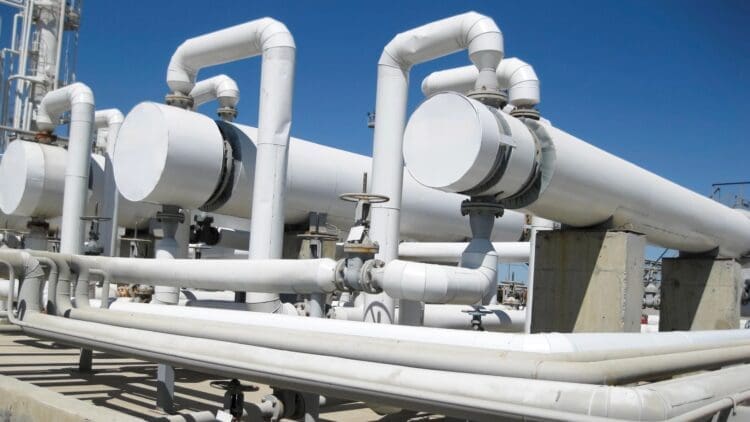The IEA, or the International Energy Agency, has projected that OECD Europe’s gas consumption will see a 10% drop over the next few years. A loss of several gas plants and fluctuating gas prices have led the industry watchdog to deliver some less-than-favorable news for the future of the gas sector on the continent. The continued phase-out of Russian gas and oil has placed the European energy sector in peril of not having enough energy to meet demand. A recent decline in gas prices was not taken into account by the IEA, regardless the forecast for the gas sector over the next few years is not looking good.
The Russian invasion of Ukraine has devastated the regional gas supply chain
When the war in Ukraine began, the oil and gas price index shot through the roof to unprecedented levels. With the war raging on with no end in sight at the moment, Europe’s energy sector is facing increasing uncertainty.
The European Union recently announced its latest rounds of sanctions against Russia in an attempt to cut off Moscow’s financing of the war by phasing out any gas and oil imports coming from the nation. Additionally, the United States has jumped on board and has implemented its own sanctions against Russia following a failed attempt at negotiations at a face-to-face meeting between Putin and Mr Trump in Alaska.
The International Energy Agency forecasts a decline in gas demand over the next three years
The need to diversify Europe’s energy supply has never been more evident. The IEA has forecasted a significant decline in gas demand in Europe over the next few years. Despite a favorable environment for regional trade, Europe is set to see substantial reductions in gas supply following the phase-out of Russian gas supply contracts, but the IEA notes an expected wave of new LNG capacity in the years ahead.
The renewable energy sector is gaining momentum across the European continent
The decline in gas demand in OECD Europe can be attributed to several determining factors, like the loss of Russian gas supply choking the European gas sector, along with the new wave of renewable energy projects being commissioned, leading to a shift in Europe’s energy focus.
“The decline in European gas demand is forecast to be primarily driven by Northwest European markets. In contrast, gas use in Eastern European markets is expected to marginally increase amid the phaseout of coal- and lignite-fired power plants.” – IEA Gas report 2025
In its Gas Report for 2025, the International Energy Agency states that the decrease in gas demand has been exacerbated by the new and innovative renewable energy projects in the region, boosting the supply of energy from alternative energy sources other than gas and coal.
“This is largely driven by the rapid expansion of renewable power output, which is forecast to increase by more than 40% by 2030.” – IEA Gas report 2025
The energy regulator has noted that the EU’s gas reserves have dropped to their lowest point since 2021, pointing to a significant shift in Europe’s energy supply.
Europe is aiming to end the importing of Russian-made energy resources
The decrease in gas demand has come following the approval given by the EU’s energy ministers to phase out Russian gas and LNG imports by 2028. Diversifying the region’s energy supply will come with some significant challenges, not least integrating the renewable energy sector beyond what was previously expected. The new wave of renewable energy projects being commissioned this year has placed Europe in a position to selectively promote the energy sector through new projects that boost domestic energy production. As a result, gas levels are suffering, and Europe’s gas future is up in the air.





